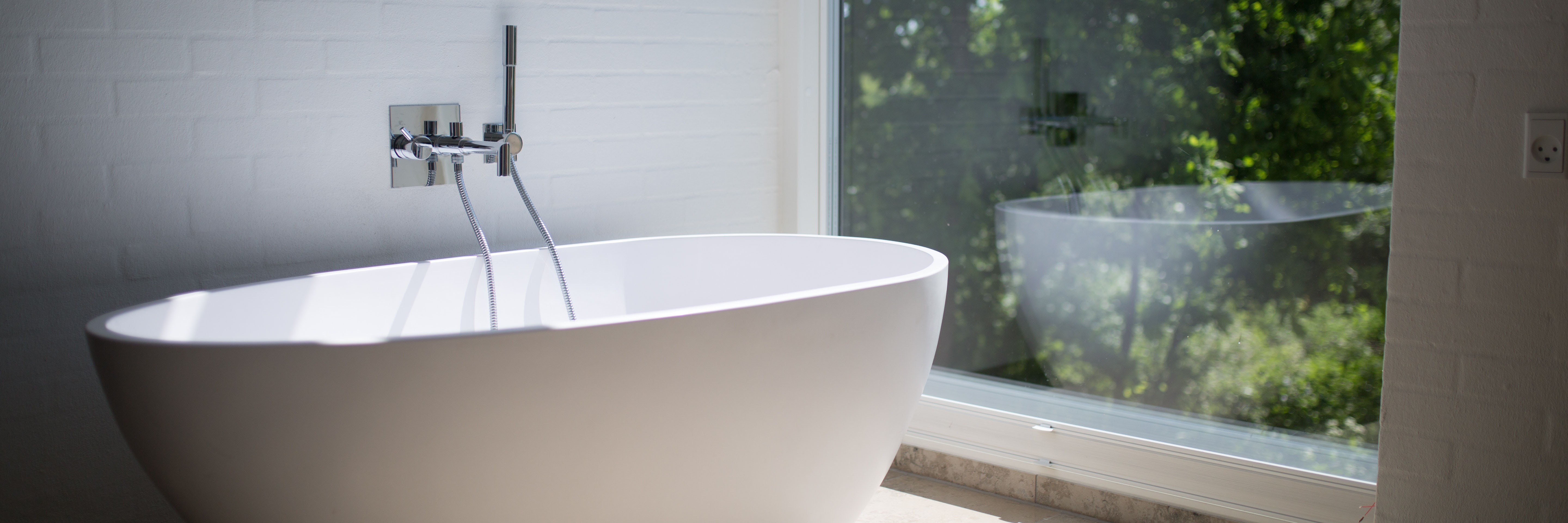If you could assign a personality to your bathroom fan, what would it be?
- Humble and hardworking: This fan does what it ought to be doing—it’s turned on and off when you enter and leave and simply does it’s thing with no fuss.
- Blustery and Overbearing: This fan lets you know for sure it’s there. It rattles on like a freight train, and you sigh with relief when you make your exit.
- Wallflower: It’s a shy little fan that rarely works or gets used. Or perhaps it’s completely non-existent.
If your answer is 2 or 3, you may want to consider a bathroom fan replacement. There are a couple major benefits of having an efficient fan in, arguably, the most used and abused room in your house:
- Humidity Fixers
A properly working exhaust fan in your bathroom will go a long way towards keeping your walls, paint, wallpaper, and fixtures in top-shape, mold-free condition. Left unmitigated, those daily doses of moisture from showering and toilet flushing can begin to wreak havoc in ways big and small—especially when it comes to mold spores, which propagate quickly and will soon show up around your ceiling corners and in your closets - Odor Eliminators
As popular as they are, air sprays can often leave a cloying scent in the air, and rarely do much more than lightly mask unwanted odors. Bathroom fans, however, whisk these odors up and out without help from potentially harmful chemicals. In addition, a hardworking fan can also increase safety by getting rid of the harsh fumes from cleaning products.
If you are interested in adding or replacing a fan in your bathroom, here are a few things to keep in mind as you begin to make decisions:
- Find your CFM
Movement of air is measured in CFMs, or cubic feet per minute. There are many ways to calculate your needs, but we find this formula to generally be the easiest. Simply calculate the square feet of your bathroom (Length x Width). If it is less than 50 square feet, choose a fan that is 50CFM. If it’s larger, match the CFM as closely as you can to the actual square footage. - Keep it Quiet
The noise level of a bathroom fan is measured in Sones, which is a number assigned to how sound is perceived. The lower the number, the quieter the fan. Most homeowners desire to have the quietest fan available, but keep in mind—a little extra white noise adds a sense of privacy, especially if your bathroom is in close proximity to other shared spaces. It’s important to note even the quietest of fans will turn blustery if it has not been installed and insulated properly. - Get Smart
If you want to avoid your fan falling into wallflower status, pick a fan that has a humidity sensor to turn itself on and off when needed. That can also be a nice feature for bathrooms used by little ones who may forget to turn the fan on and off. If you’d like to get extra fancy, fans are available with bluetooth technology and speakers to add some ambiance to your bathroom routines.
